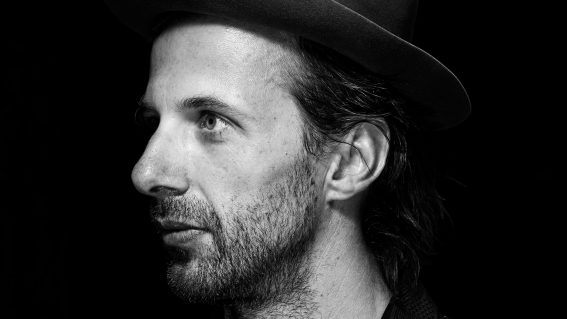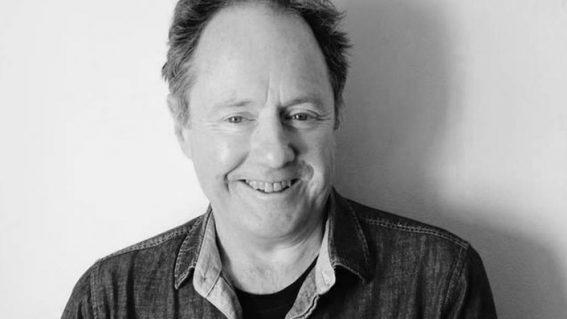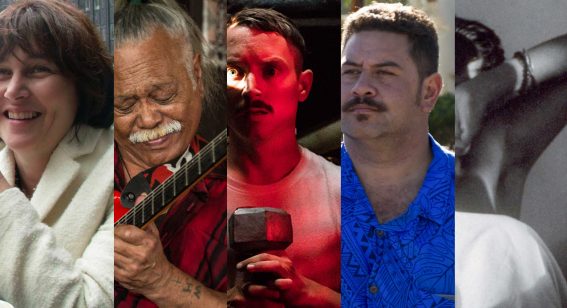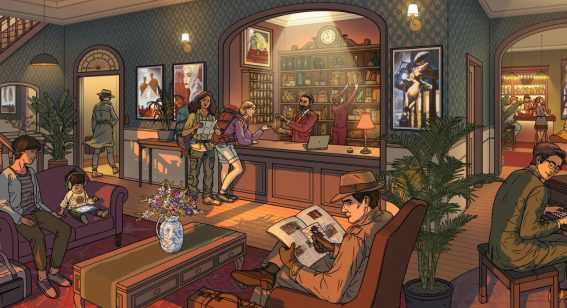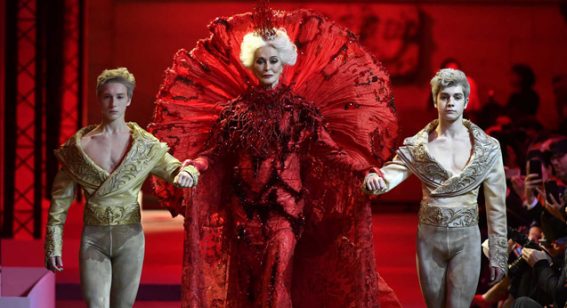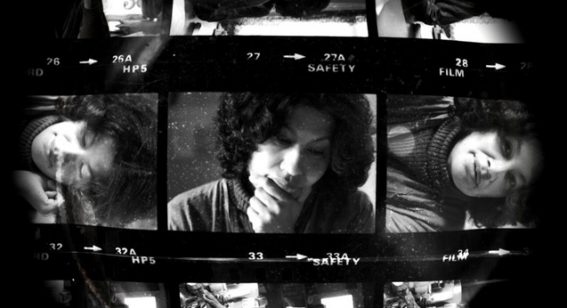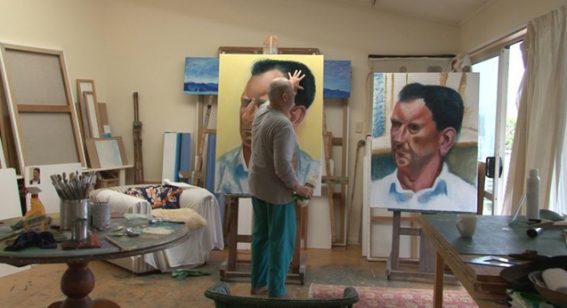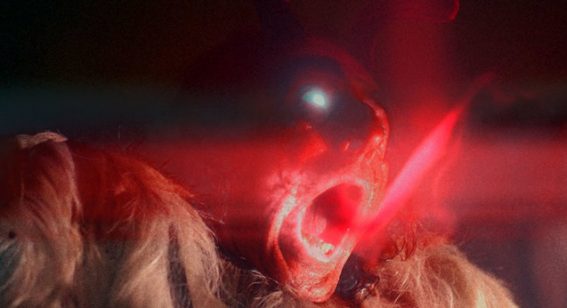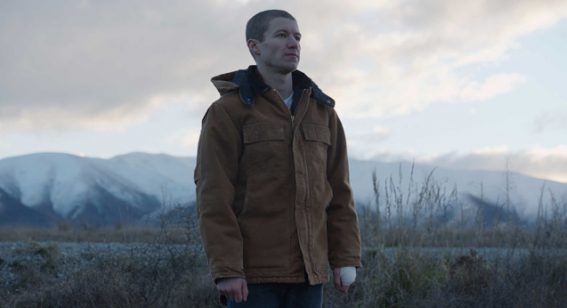NZIFF Q&A: Oko Na Roki
“None of the footage that is in the film was shot in a planned or prepared way.”
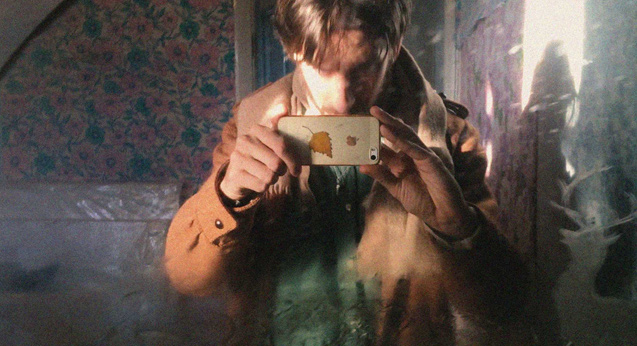
Martin Sagadin describes his film Oko Na Roki as “a nearly wordless collage of moving images and sound”. You can see it in Christchurch and Wellington at the NZ International Film Festival.
FLICKS: Please summarise your film in EXACTLY ten words.
MARTIN SAGADIN: Memory film full of moments and friends from my life.
Did you have a particular goal in mind when you starting shooting the footage we see in ‘Oko Na Roki’?
I did not have a goal when I started to shoot this footage. It was more of a compulsion, to begin with. It wasn’t until a few years into it that I began to think of compiling it into a film. Even after this point though, the footage wasn’t gathered for that particular purpose. None of the footage that is in the film was shot in a planned or prepared way.
How much footage did you have to draw upon for the film?
There were around 26 hours of footage as of January this year. This was the point where I cut it off and didn’t include any more new material in this film. However, I haven’t stopped filming and I imagine there will be another film like this in around five years time.
What mood or sense are you trying to arouse in the viewer?
There isn’t really a particular mood or sense that I am trying to arouse. The film was put together intuitively and in a sort of expressionistic way. It expresses how I see the world and furthermore –how I remember things. If there is a mood or sense that the viewer comes out of it with, it must be tied into my own personality and sense of self, since that was what influenced the shape of this film. Although particular to me in this case, the footage in this film should be familiar enough and I’m hoping the viewer will recognise their own life and their own memories in the scenes.
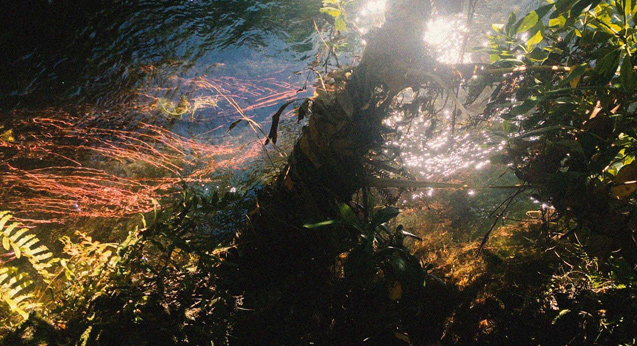
How did you go about editing this non-narrative film?
The editing process was deeply tied into reviewing the footage. I was making my way through the hours of memories I had gathered and made small scenes out of the footage that fitted together. These scenes were then compiled into longer sequences. Often I would find myself re-visiting the same footage and looping it back through the sequences. All of this editing was done mute as if assembling a silent film. Music (which was recorded in much the same improvised way) often helped with the rhythm and momentum of the scenes and helped with the transitions between the sequences.
Only after this stage was done, I went back through and found useful bits of synchronised sound. A lot of this sound was not usable because the phone’s microphone was easily muffled or disturbed as I filmed. There was a lot of non-synchronised sound added as a result. This sound was also recorded in the same sporadic way through the months of editing. Although the final result is still fairly rough, there was a lot of polishing work done to arrive at the final rhythm of images and sound.
You describe a fear of loss of memory. What does that mean for you, and how did it impact your film?
My last documentary work was Until Then, which was the third part of my Short Trilogy of Peace. The film was about my grandad’s slow decline into Alzheimer’s disease and eventual death. During the making of this film, I realised that someone’s personality is entirely tied to their memories and that the loss of memory is a sort of death. So a fear of memory is very close to the fear of death or oblivion. Perhaps fear is not the right word to talk about this, but I have a compulsion towards self-preservation and keeping my memories is essential to this. I know that filming my life with my phone is not entirely like forming a memory, but the process is still strikingly familiar. What’s more: I can organise and share the “memories” I captured in this way, whereas my own private memories remain locked away in my own head.
What do you think the film means to the friends and family captured in its frames?
I imagine it would mean a different thing to every person who found themselves in this film. But from what I understand (from talking to people after they have seen the film), the most interesting thing to people is a new perspective on how they have impacted another person’s life (in this case my life). This is because the impact they have had on me over the last 4 years is pretty analogous with their screen-time in this film. In a way, I guess it is like seeing yourself reflected in someone else’s memories.
What was the last great film you experienced?
In anticipation for the film Burning in this year’s NZIFF, I watched the director Lee-Chang-Dong’s previous film Poetry, which I found incredible. The ending, in particular, left me in quite a state. It is a quiet, but immensely powerful film. I also recently re-watched Tarkovsky’s The Mirror, which is a different kind of memory film, but one that still influenced the shape of Oko Na Roki. I find new things in The Mirror every time I watch it and this time was no different.






